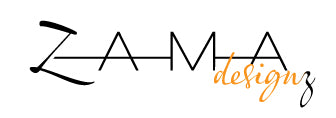Types of Turquoise

Natural Turquoise:
This is turquoise in its purest form, as it occurs naturally in the earth.
It is often used in high-end jewelry and collector's pieces.
Enhanced Turquoise:
Enhanced turquoise refers to natural turquoise that has undergone treatments to improve its color or stability.
Common enhancements include waxing, oiling, or dyeing, which can enhance the stone's appearance but may require re-treatment over time
Stabilized Turquoise:
Stabilized turquoise is natural turquoise that has been treated with a stabilizing agent, such as epoxy resin or plastic
This treatment helps prevent color change and maintain the stone's integrity, making it more durable
Compressed Turquoise:
Compressed turquoise is created by crushing smaller turquoise fragments and mixing them with resin to form larger blocks or slabs.
It is prized for its consistent color and hardness, making it ideal for carvings, inlay work, and various jewelry designs
Fracture Sealing Turquoise:
This type of turquoise is natural but has fractures or cracks that are filled with a resin or other material to improve durability and enhance appearance.
Fracture sealing makes fragile turquoise more suitable for jewelry.
Artificial or Imitation Turquoise:
Artificial or imitation turquoise is not genuine turquoise; it is manufactured from materials like plastic, glass, or ceramics.
It is designed to mimic the appearance of natural turquoise and is typically much less valuable.
Synthetic and Lab-Grown Turquoise:
Synthetic turquoise is created in a laboratory using chemical processes to replicate the appearance of natural turquoise.
It can be more affordable than natural turquoise and offers consistent color and quality.
Block Turquoise:
Block turquoise refers to large, uncut blocks or rough material of turquoise.
These blocks are often used by artisans and jewelry makers to create custom pieces, as they allow for unique and creative designs.
African Turquoise (Not True Turquoise):
African turquoise is a type of jasper, not a true turquoise.
It is known for its greenish-blue hue and unique patterns and is sometimes used as a substitute for turquoise due to its appearance.
Each type of turquoise has its own characteristics, value, and uses, making it important for buyers and collectors to understand the distinctions when selecting turquoise for various purposes.
